Sydney
1. Advanced manufacturing
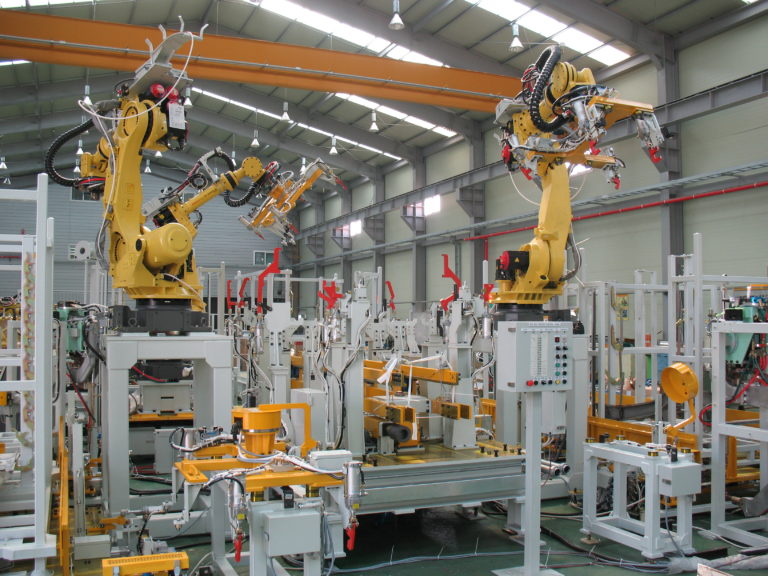
Australia is investing in Industry 4.0 to scale up tech contributions across multiple sectors, from renewables and agtech to advanced materials and automation.
The roadmap for the advanced manufacturing sector has 4 pillars of strategies with 6 top priorities set out:
- getting the economic conditions right for business
- making science and technlogy work for industry
- focusing on areas of advance, and
- building national resilence for a straong economy
Priority areas include
- resources technology and critical minerals processing
- food and beverage
- medical products
- recycling and clean energy
- defence
- space
The sector has a A$1.5 billion investment to help businesses invest in new projects and processes, scale-ups and create jobs.
Those in the following specializations are expected to drive this sector forward:
- Advanced materials
- Additive manufacturing (3D printing), materials resilience and repair
- Data analytics including artificial intelligence and machine learning
- Digital design and rapid prototyping
- Digitisation, automation and robotics including drone management and manipulation
- Precision engineering and manufacturing
- Nano-manufacturing and micro-manufacturing
- Sustainable manufacturing and life cycle engineering
- Bio-manufacturing and biological integration
- Biotechnologies
- Supply chain resilience
- Commercialisation experience within the industry
2. Food and beverage manufacturing
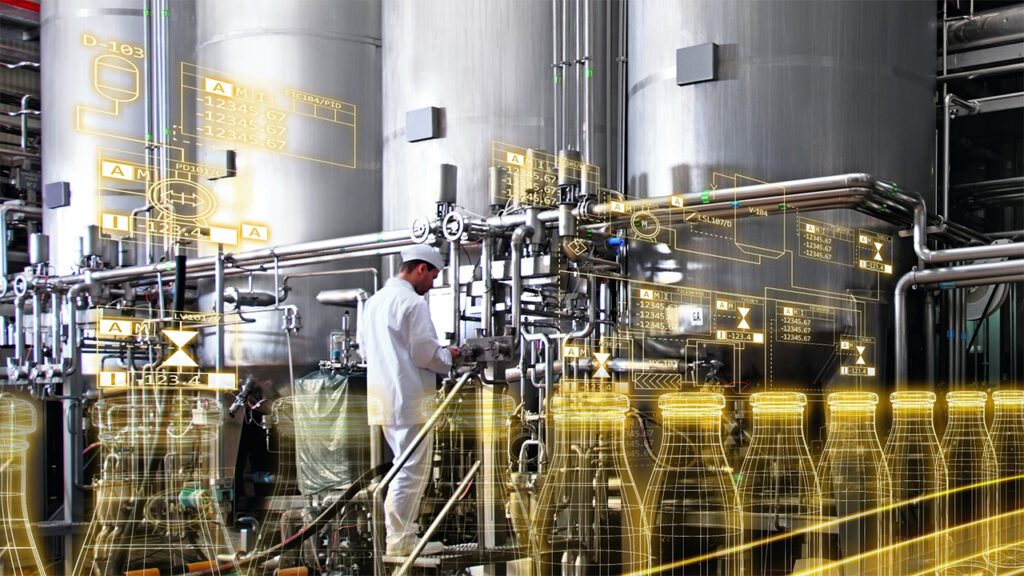
NSW’s food and beverage is the largest agribusiness sector in the state. It costs around 3,600 businesses that produce almost one-fifth of the Australian sector’s exports and employs nearly 70,000 people. Increased demand for food and beverage products is being driven by the fast-growing middle class in emerging countries, particularly in Asia. These increasingly sophisticated consumers are interested in safe, high value-added goods and the provenance of their food. NSW has an opportunity to capture a much larger share of the global market and capitalise on the increasing availability of and access to domestic fresh food supplies including niche and specialist products.
The NSW Department of Industry has developed the NSW food and beverage manufacturing industry development strategy to provide a roadmap for future growth.
3. Agricultural technology
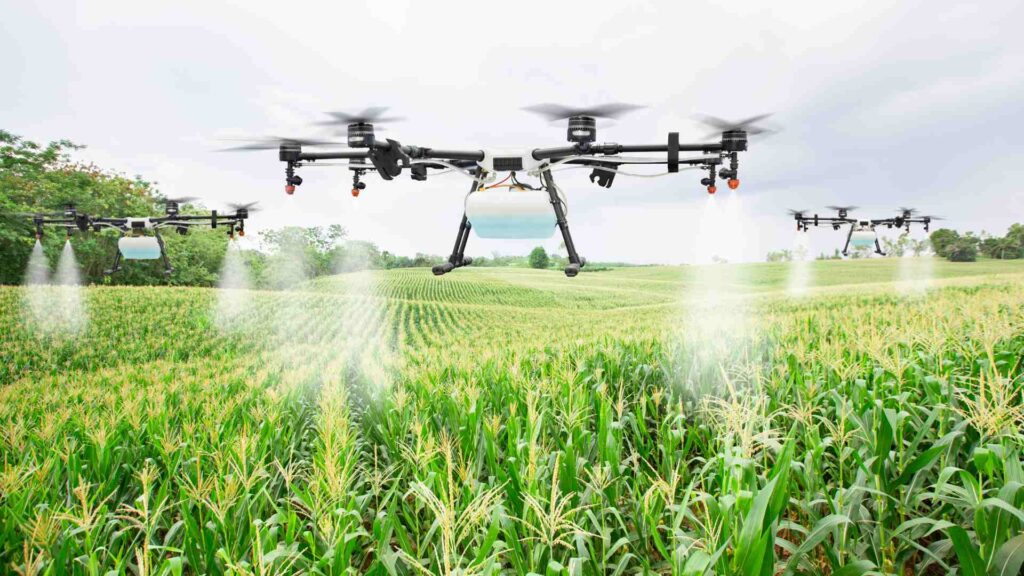
Agtech is predicted to become Australia’s next A$100 billion industry by 2030. NSW is at the forefront of using technologies such as blockchain, artificial intelligence big data and the Internet of Things to increase agricultural productivity.
Some examples include agricultural drones, satellite photography and sensors, IoT-based sensor networks, phase tracking, weather forecasting, automated irrigation, light and heat control and intelligent software analysis for pest and disease prediction, soil management and other involved analytical tasks.
Current agtech investment opportunities in Sydney include:
- Developing a cold supply chain. The construction of Western Sydney Airport and a supporting agricultural precinct presents the opportunity to develop an integrated cold supply chain network across NSW. A new supply chain could unlock value in the agricultural sector across the state and increase fresh produce exports to the Asia Pacific region.
- Agtech leadership. Agtech has the potential to be a leading source of technological manufacturing. The opportunity exists to export high tech products to a global market in need of innovative solutions to meet exploding demand for food. Australia’s high-tech exports rose by US$1.44 billion between 2009 to 2014, or 44.3%. In the same period, high-tech as a percentage of manufactured exports rose from 11.9% to 13.6%.
- Eliminating wastage. By ensuring the supply of fresh produce, AgTech can help play a key role in reducing Australia’s food wastage. We currently throw away four million tonnes or $8 billion of produce a year. AgTech can also reduce the impact of weeds on farms and in waterways. Weed control costs the Australian agricultural industry $1.5 billion a year and weeds account for $2.5 billion in lost production.
- Global market opportunity. NSW and Sydney are connected to global agricultural markets. AgTech is a worldwide opportunity that’s estimated to be worth as much as US$189 billion between 2013 and 2022.
- An industry suited to startups. Australian agriculture is a high-value national industry with significant potential for innovative impact. In other words, it’s the kind of industry that’s ripe for startups to disrupt.
4. Aerospace and defence

The aerospace and defence industry comprises of manufacturers who develop spacecraft and aircraft for military aircraft, commercial aircraft, tanks, missiles and other weapons related equipment. Austalia is a world leader in aircraft maintenance and life extensions, successfully supporting a range of Royal Australian Air Force aircraft and aircraft to countries such as Indonesia, Malaysia and Singapore.
The NSW government has announced in March 2022 that it is set to boost the state’s commitment to sovereign defence industry capabilities with the launch of a new A$1.23 million regional defence networks program aimed at making it easier for local businesses to expand and supply to the defence and aerospace industry. NSW is home to the largest number of defence bases and capabilities of any state or territory and has the highest number of workers with skills relevant to the defence industry and these closely align with key areas of future growth and investment.
The NSW government defence and industry strategy looks to increase opportunities for innovation, commercialisation and research within the industry through the development of new capabilities and international investments. Supply chains in this space range from manufacturing materials for fighter jets to sophisticated software systems utilising data and space technology for national cybersecurity.
5. Renewable energy and sustainability
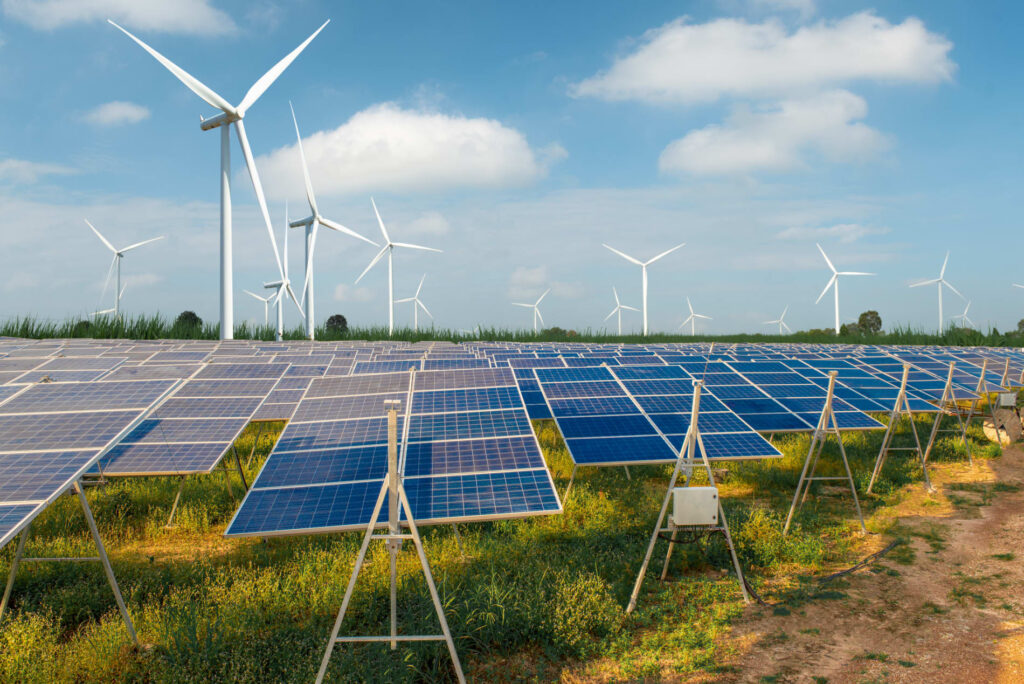
NSW is home to clean technology businesses and research institutions that are leading the country in reducing energy consumption, producing clean energy and tackling environmental challenges.
The sector is aiming to secure high-value patents and commercialising technologies in clean manufacturing, water management, energy efficiency, the built environment and renewable energy sources (wind, solar, bioenergy, geothermal and hydropower).
International investors play an integral role in the development of large-scale renewable energy projects with many considering it a compelling investment proposition. Investments and commercialisation of innovations in agriculture, cleantech innovation, energy generation and storage, hydrogen, infrastructure, property, transport and waste are expected to accelerate Australia’s transition to net zero emissions by 2050.
6. Emerging digital technology
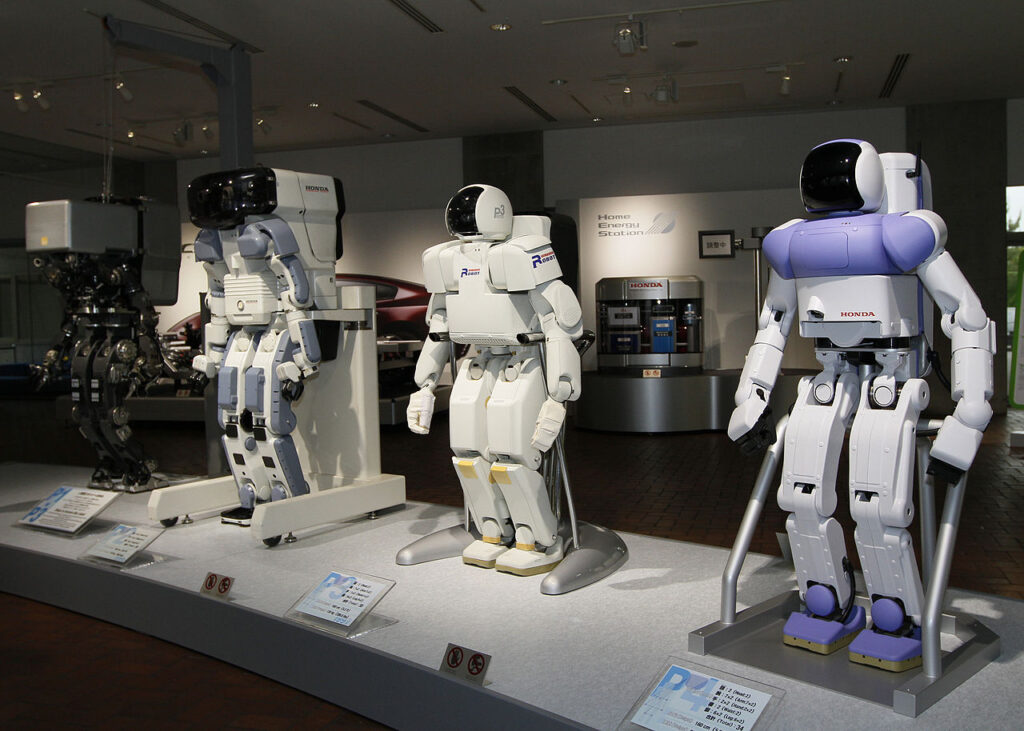
Constantly evolving, emerging digital technologies include AI, augmented and virtual reality (together called extended reality XR), drones, IoT, robotics, 3D printing, blockchain, quantum computing and the metaverse and more. A range of these is forecast to change and improve many fundamental tasks and interactions in the coming years, including how we work, travel and communicate with each other.
NSW is invested in developing game-changing solutions across the spectrum, with Sydney considered as the future of the innovation and technology community. Investments in fintech, cyber and e-health, deep technologies and creative industries including game design are expected to continue NSW’s position and the economy as a digital technology leader.
7. Cyber security

Global spending on cyber security is expected to almost double from around US$126 billion in 2016 to US$251 billion by 2026. The Australian cyber security market was valued at US$4.3 billion in 2020 and is expected to grow to US$5.8 billion by 2024. The local cyber market is growing at over 9% annually.
Australian businesses can tap into the growing need for cyber security products and services by taking advantage of the industry growth and reducing exposure to cyber threats.
The Australian government released Australia’s cyber security strategy to secure our prosperity in a connected world. The Australian government has identified cyber security as one of the six industry sectors considered vital for the long-term prospects of the Australian economy. Locally, there is strong demand for cyber security services as many public and private companies lack the internal expertise to adequately and comprehensively secure their IT assets. This trend will grow over the next decade as companies will place an even greater reliance on outsourced security vendors to provide digital security solutions on their behalf.
8. Medtech

The medical technology sector in Australia is worth a$6.1 billion and employs over 36,000 people. Of these businesses, nearly 40 per cent are located in NSW.
It is estimated that the MedTech industry has the potential to create an additional 28,000 jobs and A$18 billion in gross domestic product nationally by 2025. The NSW Medtech industry development strategy has five key areas as follows:
- support industry in commercialising research and development
- grow exports and attract investment into the NSW medical technology sector
- support skills development
- improve connectivity and collaboration within the NSW medical technology industry
- improve the business environment.
The industry faces challenges in areas such as securing a strong pipeline of industry professionals, commercializing research and development and accessing global markets.
Regional NSW
1. Technology-enabled primary industries
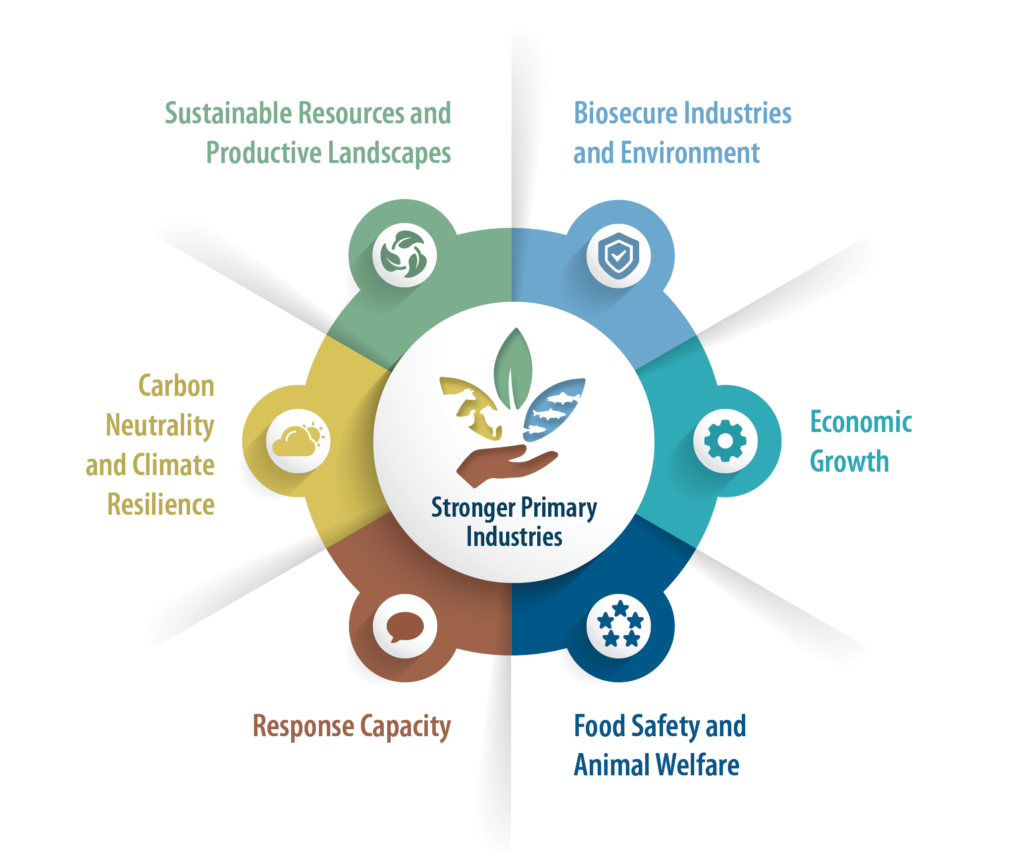
For regional industries to flourish, the NSW government is focused on many aspects of their regional economic strategy including migration and foreign investments. In the face of covid, this has become critical as skilled workers are demanded by regional businesses that are now looking to rely majorly on tech advancements and lean business models.
Agribusinesses are just one of the many entities developing partnerships with research institutes to develop innovations that include planting, fertilising, feeding, monitoring, pest control, harvesting and monitoring livestock movements. NSW encourages funding and capital investments into primary industries and their supply chains to improve their processes using tech innovation. In recent times primary industries have been particularly impacted by floods, droughts and bushfires. The department of primary industries welcomes requests for collaboration opportunities from Australian and international businesses.
2. Critical minerals
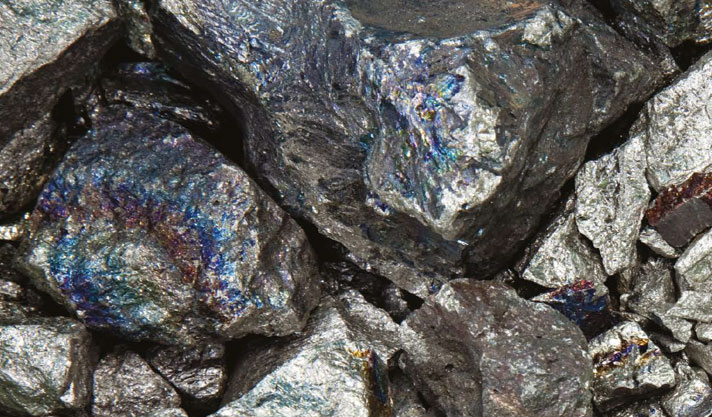
Critical minerals are metals and non-metals that are considered vital for the economic well-being of the world’s major and emerging economies, yet whose supply may be at risk due to geological scarcity, geopolitical issues, trade policy or other factors. some of these minerals are metals and semi-metals that are used in the manufacture of mobile hones, flat screens, wind turbines, electric cars, solar panels and other high tech applications. The minerals ranked as most critical are as follows:
Rare-earth elements (REE), gallium, indium, tungsten, platinum-group elements including platinum and palladium, cobalt, niobium, magnesium, molybdenum, antimony, lithium, vanadium, nickel, tantalum, tellurium, chromium and manganese.
The report named Critical minerals in Australia: a review of opportunities and research needs analyses the current state of critical minerals in Australia covering the global demand and supply, Australia’s resource potential, an overview of criticality assessment methods, current Australian production and future research need for critical minerals in Australia.
In late 2020, the Australian government has released a new prospectus to attract more investment in Australia’s critical minerals projects. The Australian Critical Minerals Prospectus 2020 showcases significant investment opportunities in hundreds of ods of critical minerals and rare earth elements mining projects across Australia.
3. Recycling and waste management
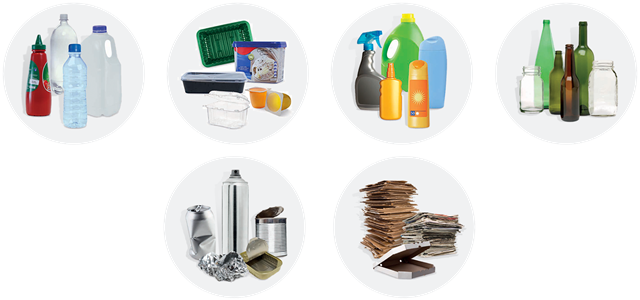
Australia has a recycling and waste management problem, generating more waste than the average Western economy. A small percentage of our waste is converted to energy however it is stated that Australia also lags behind the rest of the developed world in the uptake of waste to energy technology.
Up until recently, Australia sent much of its waste overseas as a cheaper alternative to local recycling, with China a major destination for this waste. China’s ban from January 2018 on the import of various types of solid waste meant thousands of tonnes of recyclables had nowhere to go which has led to more waste going to landfills.
The recent focus on creating circular economies, modern manufacturing strategies, waste to energy technologies and a national framework for waste and resource recovery in Australia means targets, actions, funding and clearer allocations of responsibilities have been set out to solve the current problem in this space.
Some budget expenditures over the four years from 2020-21 to support domestic waste management include
- A$190 million to establish a Recycling Modernisation Fund
- A$35 million to implement the Commonwealth’s commitment under the National Waste Policy Action Plan, and
- A$24.6 million to improve Australian national waste data to measure recyling outcomes and track progress against national waste targets
- A$10 million to support industry-lef collaborative research projects, through the Cooperative Research Centres projects program, to develop innovative solutions for recycling
- A$187 million to develop the national guidelines and model specifications for the use of recycled materials in road construction
- A$188.9 million over the forward estimates for improved recycling outcomes by addressing critical infrastructure gaps in Australia’s waste management and resource recovery system
